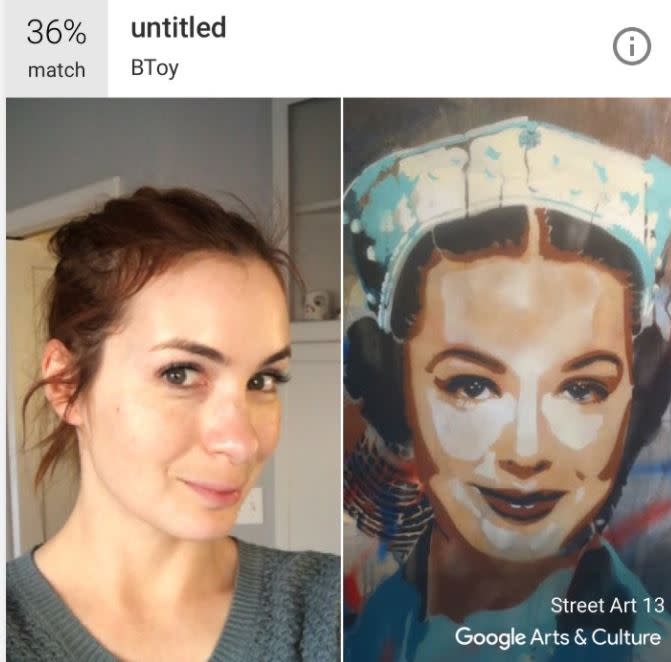How does Google Arts and Culture find your look-alike?
The latest craze taking over social media is the Google Arts and Culture app. You may have seen your friends posting side-by-side photos comparing their faces to famous artworks— some of which are better matches than others. It’s pretty easy to use the Google Arts and Culture app. But how does it actually find your artistic doppelganger?
According to the online tech magazine Inverse, the app’s museum selfie feature works by scanning users’ selfies to create a “faceprint” of features. Examples of characteristics included in the faceprint might be the distance between your eyes or the shape of your nose. After a bit of resizing and reorienting, the app then scans a database of paintings in famous museums, searching for similar features to what it discovered in your selfie. Google has a collection of more than 70,000 paintings to choose from.
For those concerned about Google using your selfies to create the next Big Brother, don’t fret: Google told CNNMoney that the app only stores information about your face until it finds a match in its database. The company also said it won’t use any of your selfies for other purposes.
But Google does get some benefits from users enjoying the app. Like most Artificial Intelligence systems, the more Google’s facial recognition software is used, the better it gets. Google currently claims that its software, FaceNet, is the best in the world. In 2015, FaceNet was able to correctly identify faces in a 13,000-photo collection nearly 100 percent of the time. FaceNet can even recognize your pets.
But while Google’s facial recognition software may be amazing, Google Arts and Culture matches don’t always hit the mark.
Hey this one ain’t so bad. pic.twitter.com/er0FxZNVO8
— Kumail Nanjiani (@kumailn) January 13, 2018
Torn between which one I think is better likeness with the Google Arts and Culture app. pic.twitter.com/uSw8RmOip8
— Felicia Day (@feliciaday) January 13, 2018
Special thanks to the google arts & culture app’s doppelgänger feature for keeping me humble. pic.twitter.com/dhTese3mE5
— Susie Meister (@susie_meister) January 14, 2018
I’ve taken like 20 selfies with the Google arts & culture app and gotten this horrifying guy as my top result EVERY SINGLE TIME, who do I sue pic.twitter.com/PjuvT0IXIU
— Caroline Wazer (@CarolineWazer) January 13, 2018
Have you ever gotten roasted by an app #googleartsandculture pic.twitter.com/a1uysRMX9T
— Moses Storm (@MosesStorm) January 13, 2018
No matter how accurate it is, the Google Arts and Culture app is a fun way to see yourself painted in a new light (pun intended). And since taking selfies can even help combat stress, we’re going to continue searching for that portrait that really captures our essence — or at least, comes sort of close.


